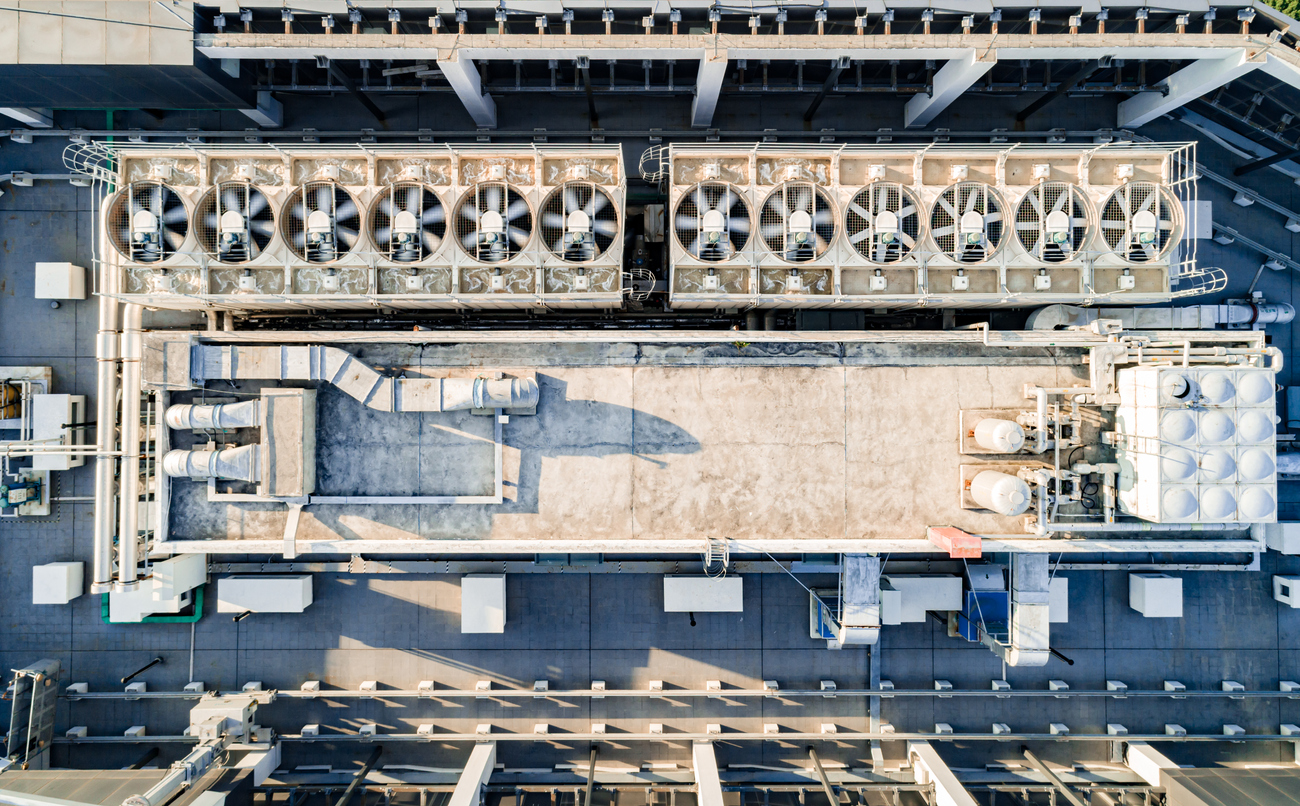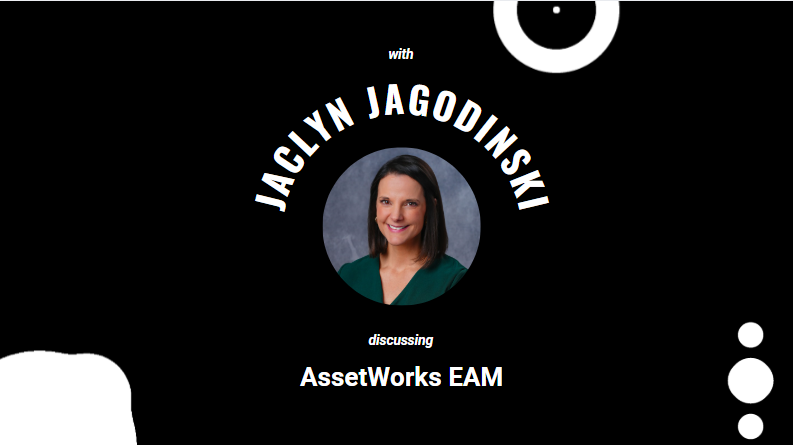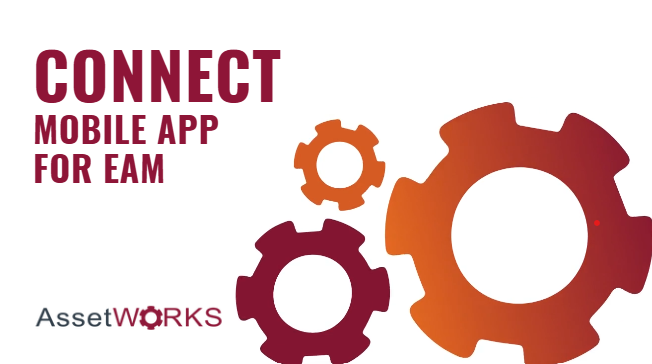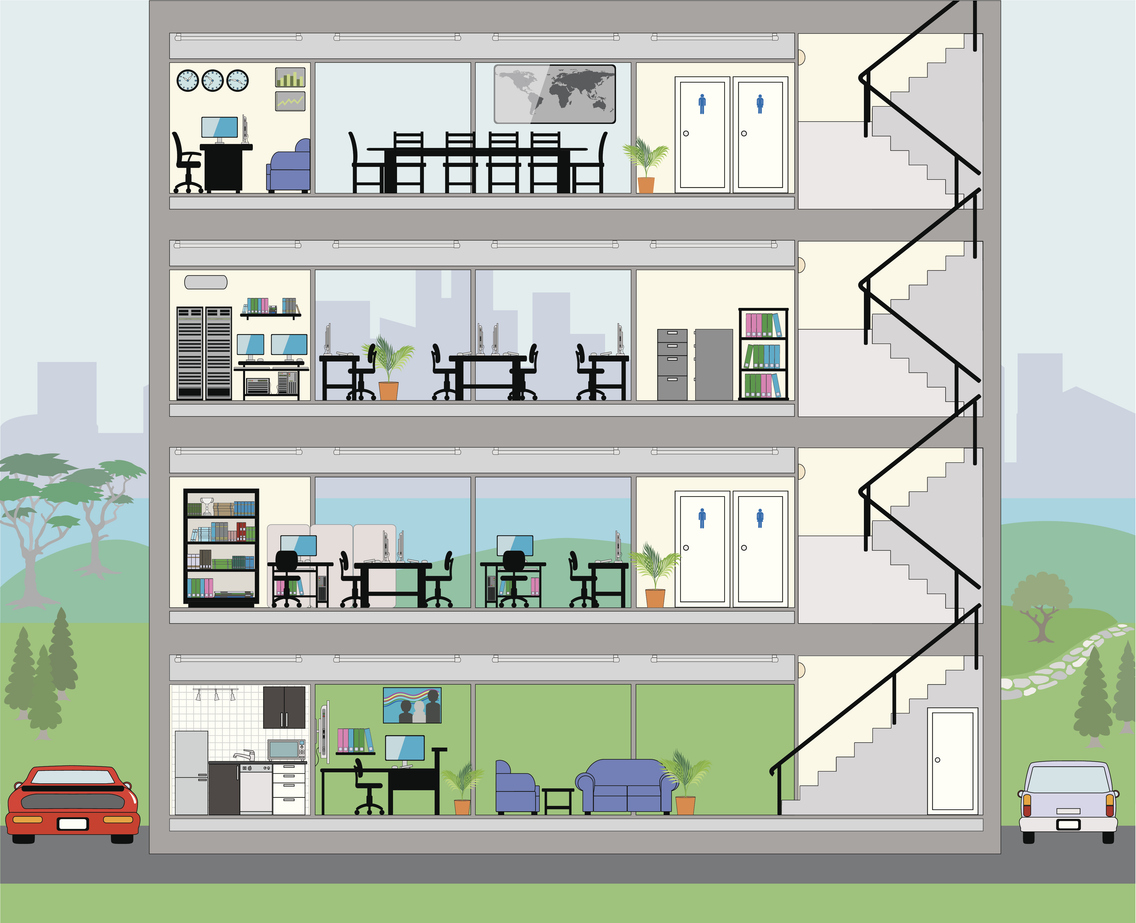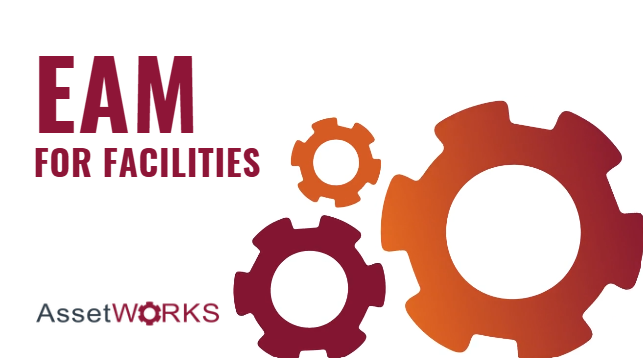Overview
This blog guides park managers and event organizers on hosting large-scale events without stress or damage. It shares five essential tips such as preventive maintenance, team communication, and data tracking to keep parks safe, clean, and ready for events. Using EAM tools and proactive planning, parks can handle high-traffic events efficiently while reducing staff burnout and operational challenges.
It’s ten o’clock in the morning, and the maintenance crew is still mowing the park lawn. At first, this might not seem like a big deal—but the city is hosting its annual Caribbean music festival at 2 p.m. This festival is a major community event, drawing crowds who support local businesses and enjoy the music.
Food trucks have already arrived, limiting mowing to the edges and leaving uneven patches across the lawn. The crew is frustrated, rushing to finish just in time. While they might wrap up around 1 p.m., this task should have been completed days in advance.
The takeaway? Proper preparation is essential for high-traffic events. Maintaining a clean and safe park daily reduces stress, prevents damage, and ensures events run smoothly. Here’s how to pull off an event with minimal hiccups.
Tip #1: Plan Ahead with a Master Calendar
Stress starts when planning is last-minute. A master calendar keeps everyone organized and on track, making it easy to visualize upcoming tasks and deadlines. Enterprise Asset Management (EAM) software can sync maintenance schedules, automate preventive maintenance (PM), and schedule inspections.
By building in time for pre-event inspections and last-minute fixes, surprises on event day are virtually eliminated. For example, crews can check electrical outlets for food trucks, confirm restrooms are fully stocked, or ensure signage is properly placed, all ahead of the crowd’s arrival. Proper planning creates a sense of control and prevents the chaos that comes with last-minute scrambling.
Tip #2: Use Preventive Maintenance to Minimize Surprises
Preventive maintenance helps avoid unexpected issues. Scheduling routine checks for assets like irrigation systems, lighting, and playground equipment ensures problems are caught early. For example, a pre-festival irrigation check might reveal uneven water distribution, something that could create muddy patches if discovered on event day.
Proactive maintenance not only saves money but also extends the life of your assets, reduces emergency repairs, and keeps your park safe for visitors. When crews know everything is already functioning properly, they can focus on event support instead of troubleshooting equipment failures.
Tip #3: Improve Communication Between Teams
Large events require everyone to be on the same page. Smooth communication ensures tasks are clear, responsibilities are understood, and nothing falls through the cracks. Mobile EAM tools allow crews to access and update work orders in real time, while role-based access ensures team members only see relevant information.
This transparency improves collaboration between maintenance, event staff, and security teams. For example, if one crew notices a spill near a high-traffic area, they can instantly alert others to prevent accidents. When communication flows seamlessly, the entire operation runs like a well-oiled machine.
Tip #4: Track Usage and Impact with Data
High-traffic events naturally wear down park spaces. From overflowing trash cans to trampled grass and scratched benches, the aftermath can be overwhelming if untracked. Using data to monitor high-impact areas helps maintenance teams prioritize post-event recovery efficiently.
For instance, after a large concert, foot traffic may damage the turf near the stage or seating areas. By scheduling targeted turf restoration and work orders immediately after the event, the park can quickly return to its best condition. Data-driven maintenance ensures no detail is overlooked and every area is restored promptly.
Tip #5: Build in Downtime Where You Can
Even after the event ends, work isn’t over. Cleaning, repairs, and inspections should begin promptly, but building in downtime prevents burnout. Recovery is a gradual process, and allocating time ensures staff can work safely and efficiently.
Downtime also allows teams to evaluate lessons learned from the event. What went well? What could be improved? This reflection creates a feedback loop that strengthens future planning and ensures each event is smoother than the last.
Balance Starts with the Right Tools
Managing parks around major events can be challenging, but the right combination of planning, communication, and technology makes it manageable. With EAM tools, parks stay safe, clean, and ready for the next big event without adding stress to your team.
When maintenance, inspections, and data are automated and accessible, teams can focus on what matters most: creating a safe and enjoyable environment for the community. The result? Parks that look great year-round, events that run smoothly, and staff that feel confident and supported.



